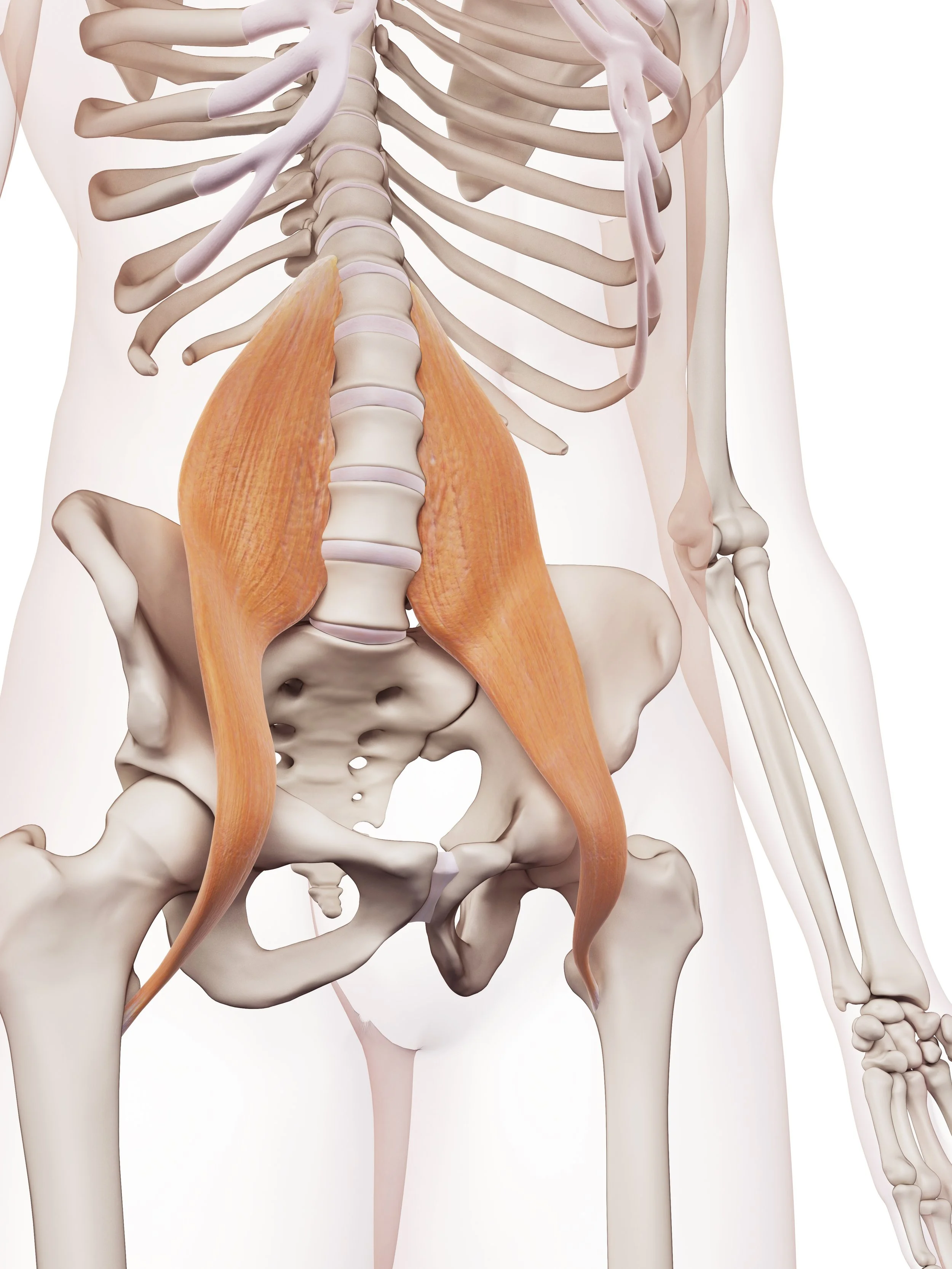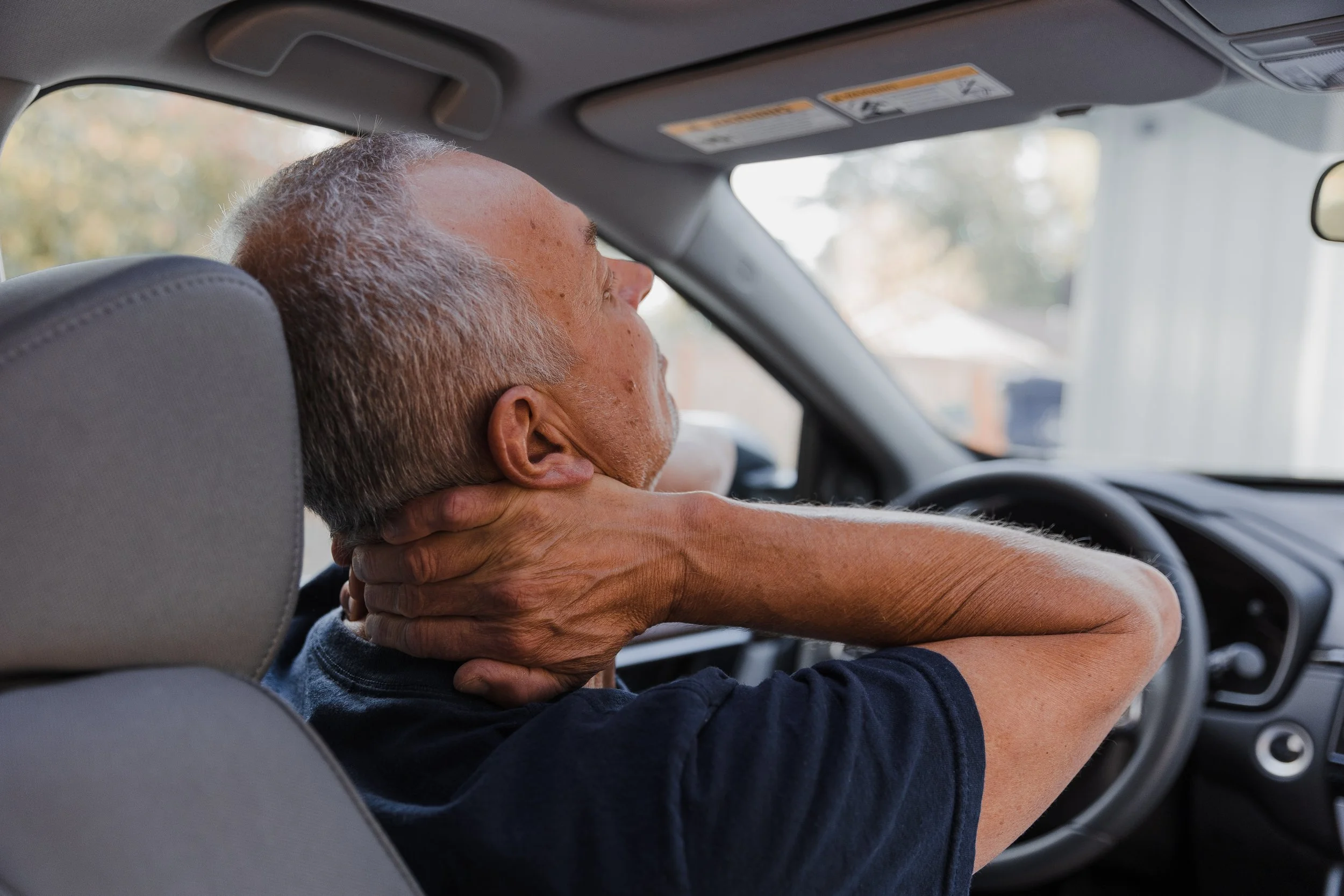https://www.npr.org/sections/coronavirus-live-updates/2020/03/30/823905477/who-official-defends-guidance-we-re-not-seeing-airborne-transmission
I ran out of closets to clean by Sunday morning and decided to unleash my fretting fury on some new reading. I had heard that the WHO had just released a paper on Friday with the most up-to-date evidence on the mechanism of COVID transmission from pooled international data and I thought I could always glean a few insights on a topic that concerns the same flow of patients during our reduced hours of the upcoming two weeks.
The paper was said to have raised a few eyebrows and after reading it I could see why.
You should all really read it for yourselves, but until you get there, I can give you my “good news - bad news “ personal summary.
The “good news”: The paper reports that droplets from cough/sneeze of affected (symptomatic, asymptomatic, pre-symptomatic ) individuals are contagious and can travel some distance. I don’t think anyone doubted that. But the WHO contends that based on available data to date, they do NOT see evidence of airborne contagion from people just breathing, unless you get extremely close to them. There is a big difference between distancing from people who cough and sneeze and distancing from everything that breathes. The controversy of that statement is that public health officials fear that individuals will scrap any form of social distancing based on that information, and they feel it is too early to draw that conclusion. I have no opinion either way on how those findings should or should not affect social distancing recommendation because I am not a public health expert, but the idea that simple breathing may be a lot less contagious than imagined sounds like potential great news.
The “bad news “: The paper also reiterates crystal clear that touch/contact is a big vector of transmission. And that my friends, is probably very, very sobering because social distancing alone will not prevent that route of infection (although it will reduce it by the sheer fact that people are touching each other less). Asymptomatic infected individuals will carry the virus in their nose, mouth, and the skin around it. Humans are naturally very touchy feely with their face and the virus inevitably gets on their hands, and from there, on anything or anyone they touch. The CDC and other public health organizations have determined that COVID can live on some contaminated surfaces for several hours to several days. To give you an example of how that is a big problem: On Saturday I went to a local grocery store by my house. I stood in line at the entrance of the store, 6 feet away from the shopper in front of me in my little chalk circle on the pavement. When it was my turn to enter the store, I grabbed a cart from the friendly attendant, who, barehanded, gives me a disinfecting wipe for my cart (so far, so good). I put on my disposable vinyl gloves at the entrance. Of 50 people in the store, only one other person does the same. The people are all picking up items, looking at them, putting them back down for the next person to pick up. A gentleman next to me scratches his nose vigorously, then picks up a carton of strawberries and puts them back down. Someone next in line grabs the same package, loads it up in the cart and onto the cashier belt, who scans the items with her bare hands. The shopper then blissfully goes home, and most likely, grabs the groceries with bare hands and without any thought of cleaning or sanitizing the goods, places them in fridges and pantries.
So here is the bad news : How many of the folks who touched the same package now in your fridge have touched their face in the hour prior to shopping, and what happens if that person is an asymptomatic infected individual ?
Well, this was not meant to scare anyone but really to educate you about using your resources of mental energy toward protecting yourself from the obvious and not so obvious, but prevalent routes of contamination. I would encourage you to have gloves with you that you can put on as you enter a store and discard upon leaving. At home, lay out the items on a surface that can handle some bleach and wipe down with a 1:10 bleach dilution of equivalent and air dry for 10 min before storing or consuming.
Interestingly enough, the CDC is now considering universal use of masks, not just for sick or potentially sick patients, but for everyone. The idea is not so much that you may not catch something from somebody else, but that if you are an asymptomatic carrier, you would not contaminate other folks, and the probably mechanism is likely that you will not touch your nose and mouth when you have a mask on your face. May the “land army” of crafters currently sewing cloth masks be encouraged to continue their good work.





